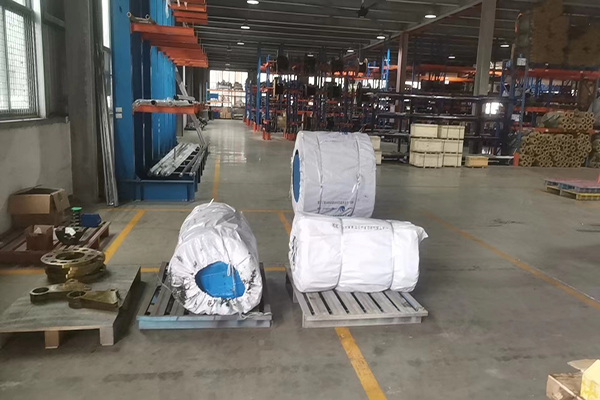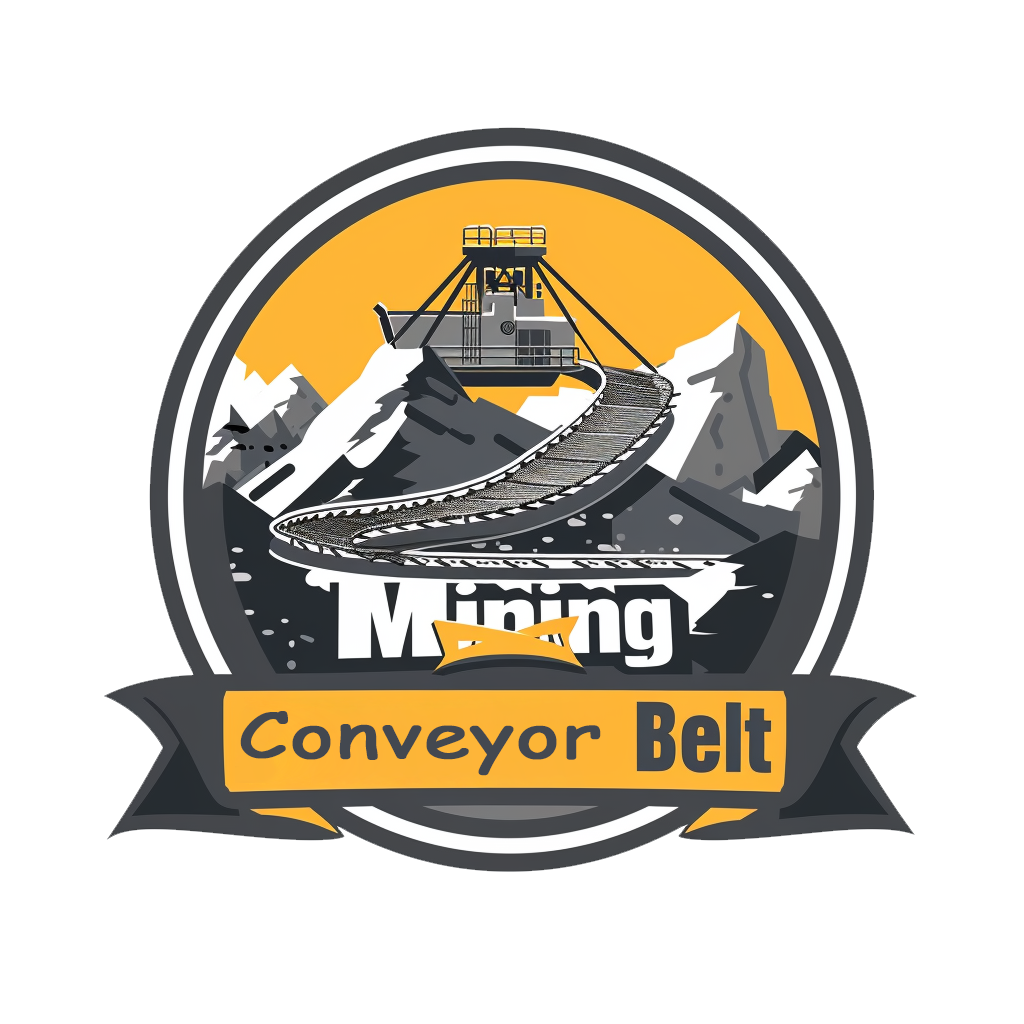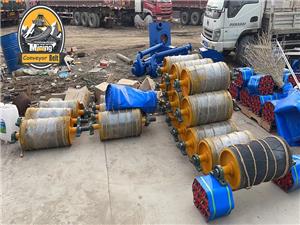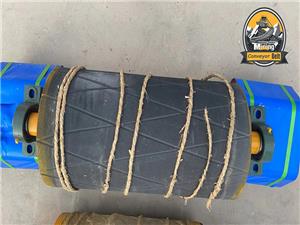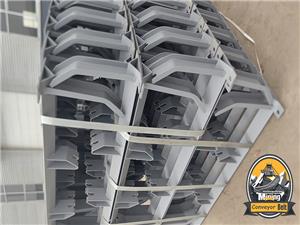How to extend the service life of skirts and partitions of large-angle conveyor belts
High-angle conveyor belts are widely used in lifting and conveying various materials due to their small footprint and low cost. However, in actual production, the skirts and partitions of high-angle conveyor belts are often more damaged than other places. Why?
1. Main causes of damage:
1. Pressure pulley:
A: The linear speeds of the large wheel and the small wheel are different, but by welding the large and small wheels together, the speed of the small wheel is forced to be the same as that of the large wheel. In this way, the small wheel and the top of the skirt form drag friction;
B: The diameter of the small wheel is large, and the top of the skirt is forced down. Coupled with the drag friction, the skirt will quickly wear and crack.
2. Check the defects of the long return roller. It cannot be seen from the photos. Are there any parts that are in direct contact with the skirt and are worn? Check whether the belt is tightened. If the belt is not tightened, it will cause the belt to jump up and down and hit the roller during operation, causing the skirt to crack.
3. The distance between the return short roller and the skirt is small, and the top of the short roller directly contacts and wears the skirt.
4. There are obvious missing corners on the outside of the top of the partition, indicating that the partition and the steel part have been scratched.
2. Improvement opinions:
1. The pressure pulley must be replaced. The small wheel has a separate bearing so that it can rotate freely alone; the diameter of the small wheel is reduced, and under normal circumstances, it seems to be connected to the top of the skirt but not connected.
2. If the return long roller is in contact with the skirt, the long roller can be lowered so that the skirt is not in contact with it; or the short roller can be raised so that the top of the skirt is not in contact with the long roller.
3. Adjust the distance between the end of the short roller and the skirt. In the event of deviation, the end of the roller will not wear against the skirt.
3. Key points:
1. The skirts and partitions of the conveyor belt cannot be in direct contact with steel. Where there is contact, improvement measures must be taken to eliminate contact points.
2. The function of the skirt is to block the material and prevent the transported material from spreading to both sides; the function of the partition is to carry the material and prevent it from sliding down, realizing the principle of large-angle transportation.
3. Maintenance principles are:
A: Where there is damage, check whether there is direct contact with the equipment;
B: Eliminate hidden dangers there.
